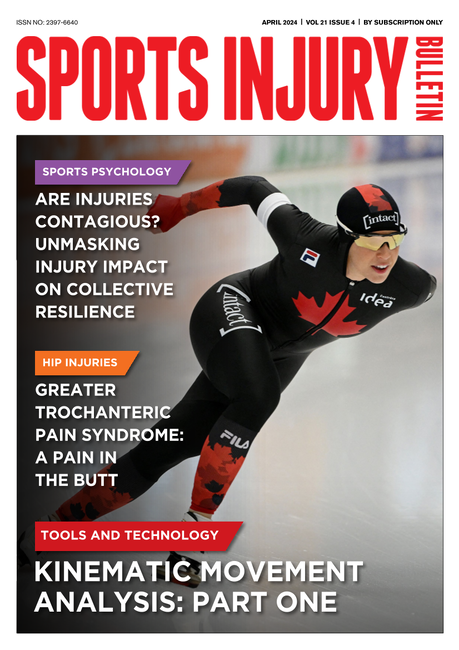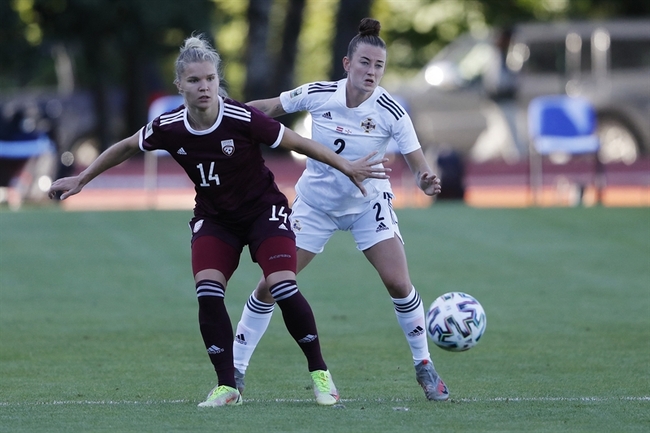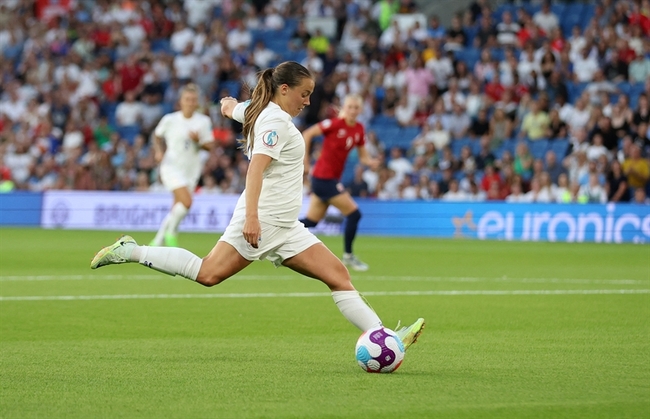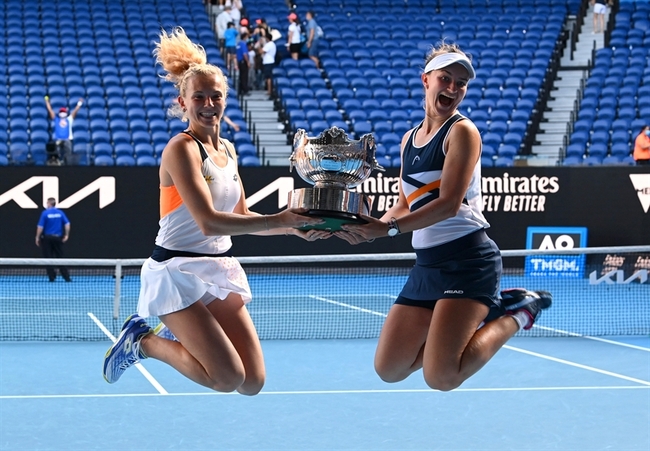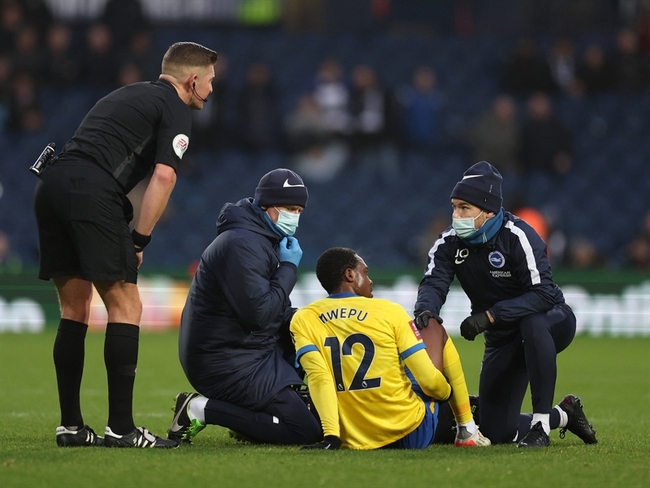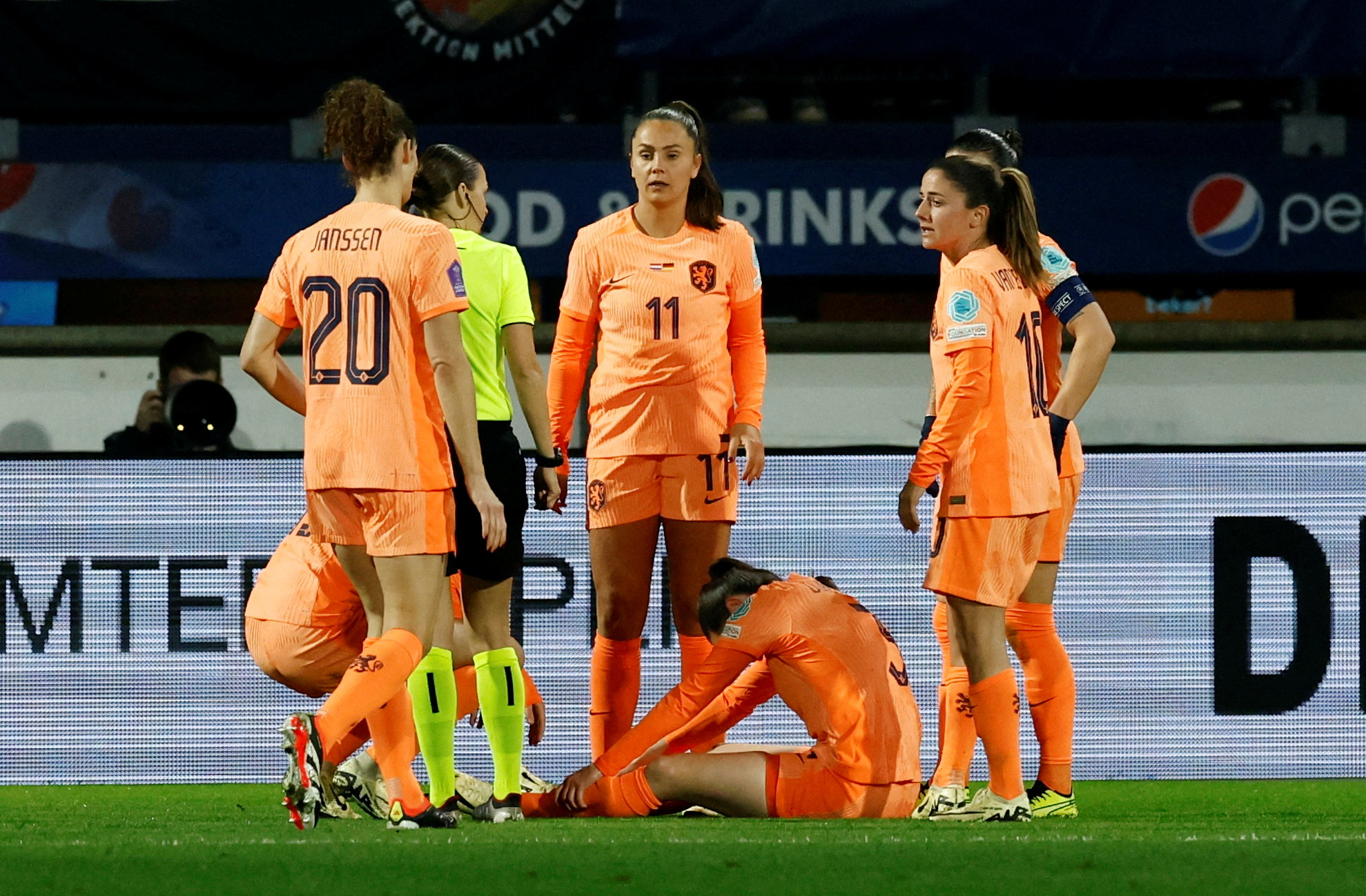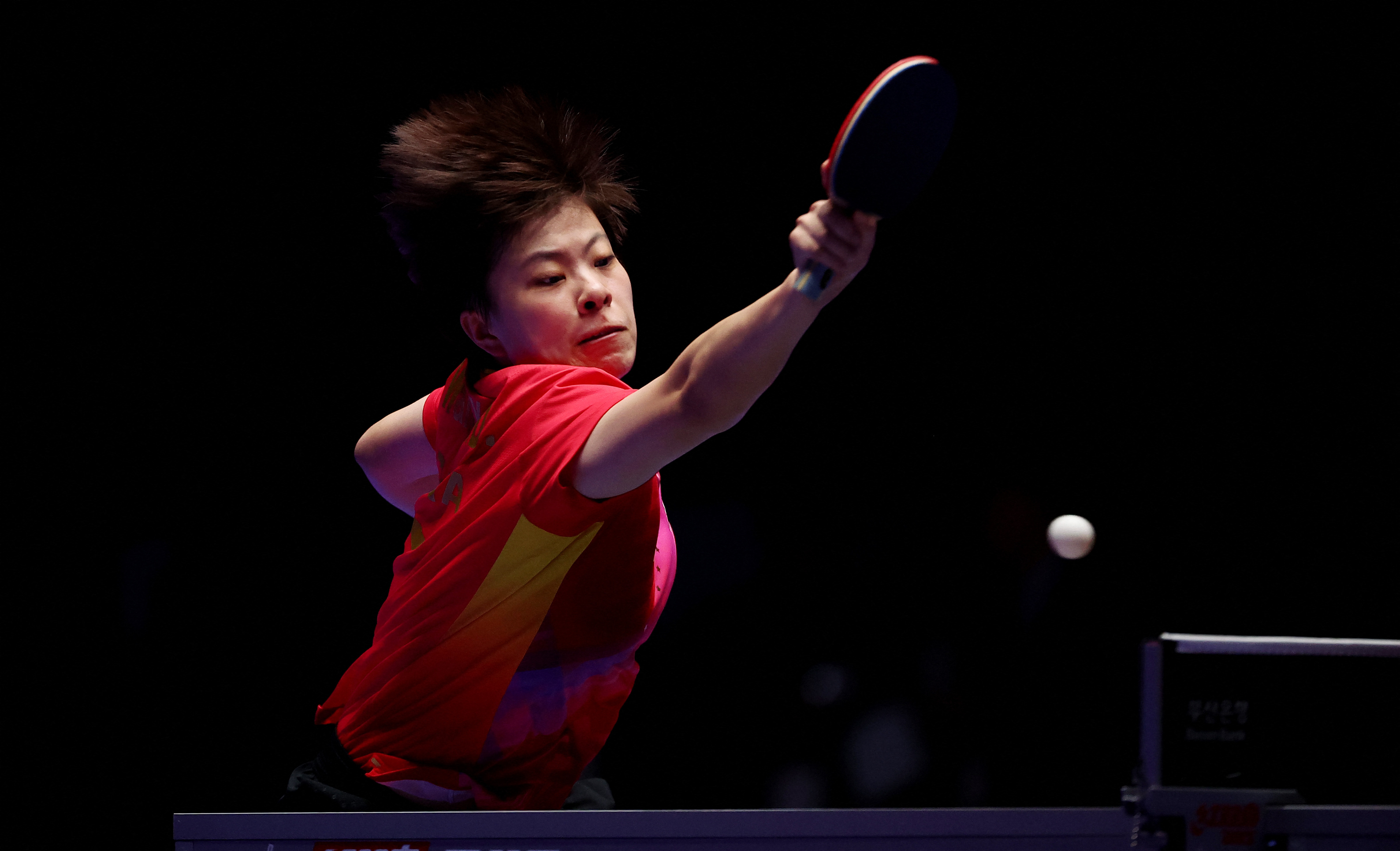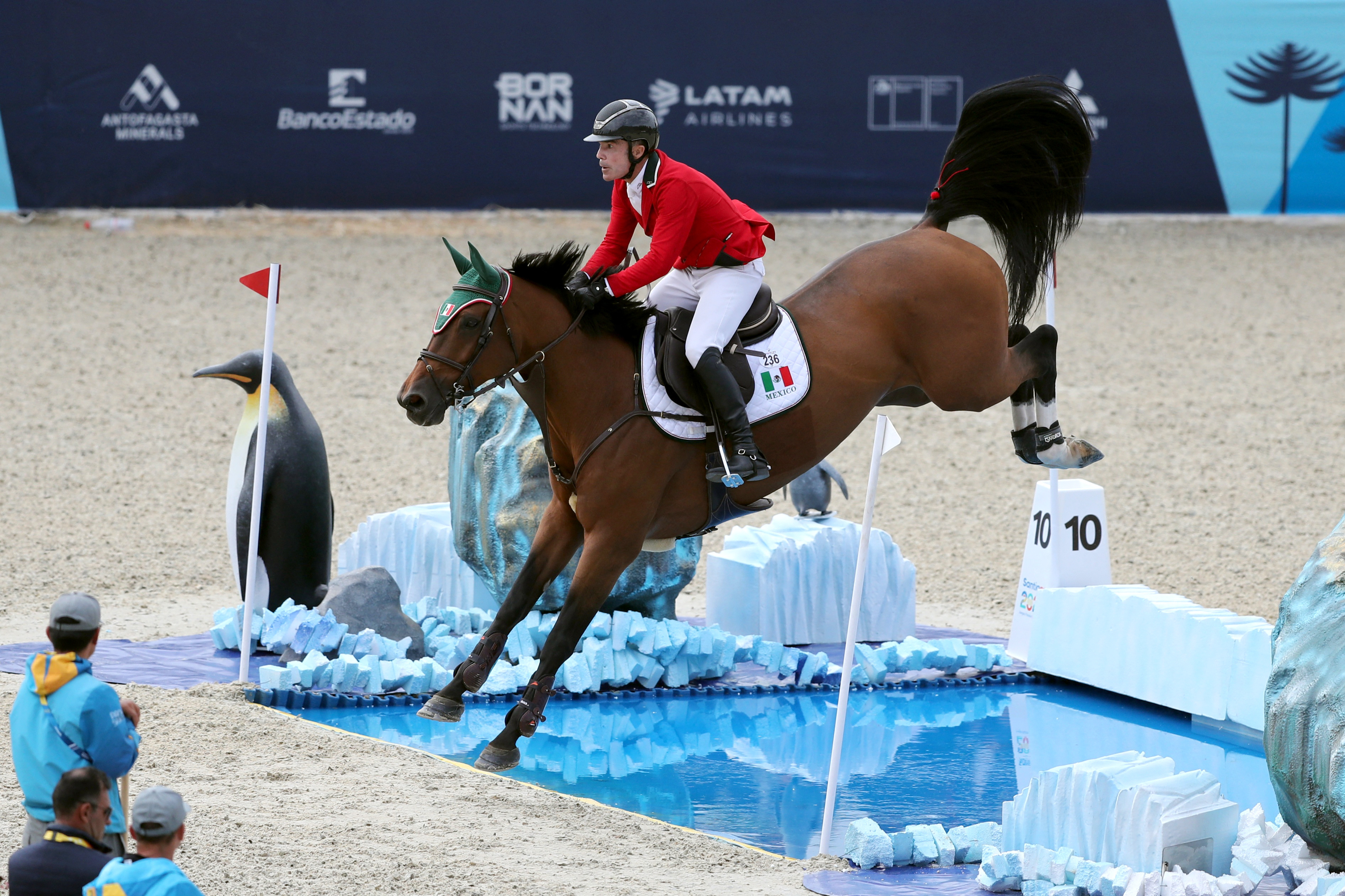Does the early bird outperform the worm?
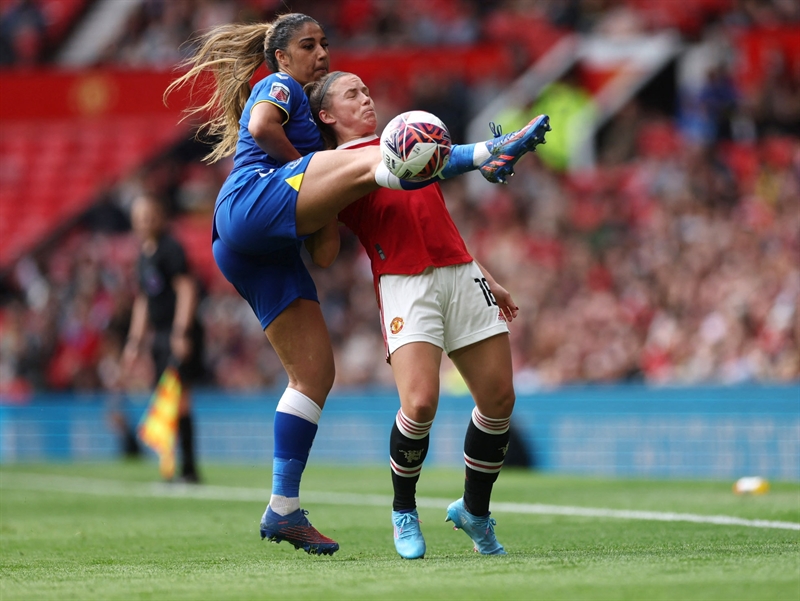
An acute hamstring injury is the most common muscle injury involving high-speed running in sports. The financial, physical, and psychological burden on athletes and teams is significant. Furthermore, the reinjury rate is high. Therefore, effective hamstring injury rehabilitation is essential to reduce the risks and optimize individual and team performance.
Researchers at the Copenhagen University Hospital in Denmark demonstrated that progressive targeted eccentric hamstring exercises and progressive running drills result in a faster return to sport (RTS) and a lower reinjury rate. However, when and how to implement the lengthening exercises remains a clinical challenge. Nevertheless, the researchers demonstrated that starting as early as five days post-injury improves RTS time and lowers the reinjury rate than conventional rehabilitation(1).
Recently, researchers at Aspetar Orthopaedic and Sports Medicine Hospital in Doha, Qatar, designed a trial to compare the efficacy of early versus the delayed introduction of lengthening exercises on RTS time in male athletes with acute hamstring injuries. The researchers recruited and randomized 90 male athletes between 18-50 years into two groups. Researchers included athletes with a clinical diagnosis of an acute hamstring muscle strain injury, MRI-confirmed isolated hamstring lesion performed ≤5 days from injury, and the ability to attend three or more physiotherapy sessions per week at the study center(2).
Start criteria-based rehabilitation early.
Both groups underwent a similar criteria-based rehabilitation program (see table 1)(2). The difference between the treatment groups was the time point at which the physiotherapists introduced lengthening exercises. In the early lengthening group, the physiotherapists introduced the lengthening exercises on day one of rehabilitation. In the delayed group, the lengthening exercises were introduced at stage three (see table 1).Table 1: The treatment protocol stages between the early and delayed groups(2).
| Early lengthening exercise group | Delayed lengthening exercise group |
|---|---|
| Physiotherapy stage 1 | |
| Low load exercises and the lengthening exercises such as manual resisted isometric knee flexion with and without shank rotation in varying ranges of knee flexion, active unresisted through range knee flexion/extension in prone, exercise bike, bilateral and single-leg squats. | Low load exercises include manual resisted isometric knee flexion with and without shank rotation in varying ranges of knee flexion, active unresisted through range knee flexion/extension in prone, exercise bike, bilateral and single-leg squats. |
| Criteria to progress 1. Pain-free single leg squat2. Five minutes of stationary cycling at a power output of 150% body weight in Watt. | Criteria to progress1. Pain-free single leg squat2. Five minutes of stationary cycling at a power output of 150% body weight in Watt. |
| Physiotherapy stage 2 | |
| The introduction of running and progression of the stage 1 exercises. | |
| Criteria to progress1. Run pain-free at more than 70% of self-rated maximal speed | |
| Physiotherapy stage 3 | |
| Running protocol progression | Introduction of the lengthening exercises |
| Introduction and progression of the modified T-drill | Running protocol progression and introduction of the modified T-drill |
| Introduction of the Nordic hamstring exercise | Introduction of the Nordic hamstring exercise |
| Progression of stage 2 exercises | Progression of stage 2 exercises |
| Criteria to progress1. Run pain-free at 100% self-rated speed in the linear running and the modified T-drill. | Criteria to progress1. Run pain-free at 100% self-rated speed in both the linear running and the modified T-drill |
| Sports-specific stages 4, 5 and 6 | |
| 1. Progressive sports-specific on-field training | |
| 2. Emphasis on running, sprinting, change of direction, and sports-specific skills. | |
| Criteria to progress to RTS assessment1. Complete a stage 6 training without pain. |
The physiotherapist uses clinical reasoning to progress athletes through the stages. The athletes progressed the exercise range of motion until they started to experience pain or discomfort.
Outcomes
- Return to sports time
The study results showed a median RTS time of 23 days (interquartile range 16-35 days) for the early lengthening group and 33 days (interquartile range 23-40 days) for the delayed lengthening group. The current evidence pool demonstrates that RTS time varies significantly due to different definitions of RTS, interventions, and populations. For example, track athletes have different biomechanical and performance demands than field sports athletes. The researchers observed a potentially clinically relevant difference in favor of the early lengthening group; however, this difference was not statistically significant. Therefore, practitioners need to interpret the data within their specific contexts. Notably, there are no apparent disadvantages to starting early lengthening in the acute stages post-injury.
- Reinjury rates
The reinjury rates within two months were 8.6%. However, the reinjury rates dropped to 4.8% between the second and sixth months and 4.8% from six to twelve months. These results indicate that the highest risk of reinjury is within two months of RTS, and practitioners and athletes need to remain vigilant during the early periods.
Conclusion
The authors concluded that introducing lengthening exercises in the early stages of hamstring injury rehabilitation does not improve RTS time or enhance the risk of reinjury; however, the early introduction of lengthening exercises is safe and effective.Reference list
- Br J Sports Med 2020;54:528–37.
- Br J Sports Med 2022;0:1–9.
You need to be logged in to continue reading.
Please register for limited access or take a 30-day risk-free trial of Sports Injury Bulletin to experience the full benefits of a subscription.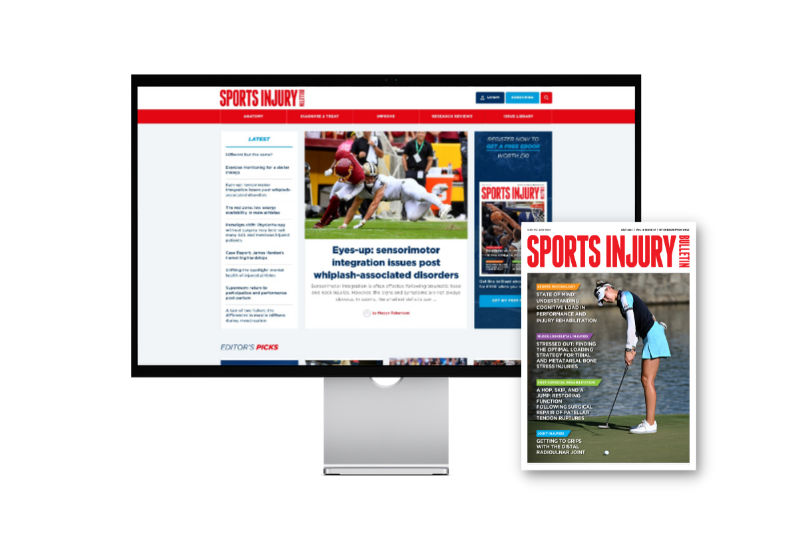 TAKE A RISK-FREE TRIAL
TAKE A RISK-FREE TRIAL
Newsletter Sign Up
Subscriber Testimonials
Dr. Alexandra Fandetti-Robin, Back & Body Chiropractic
Elspeth Cowell MSCh DpodM SRCh HCPC reg
William Hunter, Nuffield Health
Newsletter Sign Up
Coaches Testimonials
Dr. Alexandra Fandetti-Robin, Back & Body Chiropractic
Elspeth Cowell MSCh DpodM SRCh HCPC reg
William Hunter, Nuffield Health
Be at the leading edge of sports injury management
Our international team of qualified experts (see above) spend hours poring over scores of technical journals and medical papers that even the most interested professionals don't have time to read.
For 17 years, we've helped hard-working physiotherapists and sports professionals like you, overwhelmed by the vast amount of new research, bring science to their treatment. Sports Injury Bulletin is the ideal resource for practitioners too busy to cull through all the monthly journals to find meaningful and applicable studies.
*includes 3 coaching manuals
Get Inspired
All the latest techniques and approaches
Sports Injury Bulletin brings together a worldwide panel of experts – including physiotherapists, doctors, researchers and sports scientists. Together we deliver everything you need to help your clients avoid – or recover as quickly as possible from – injuries.
We strip away the scientific jargon and deliver you easy-to-follow training exercises, nutrition tips, psychological strategies and recovery programmes and exercises in plain English.


